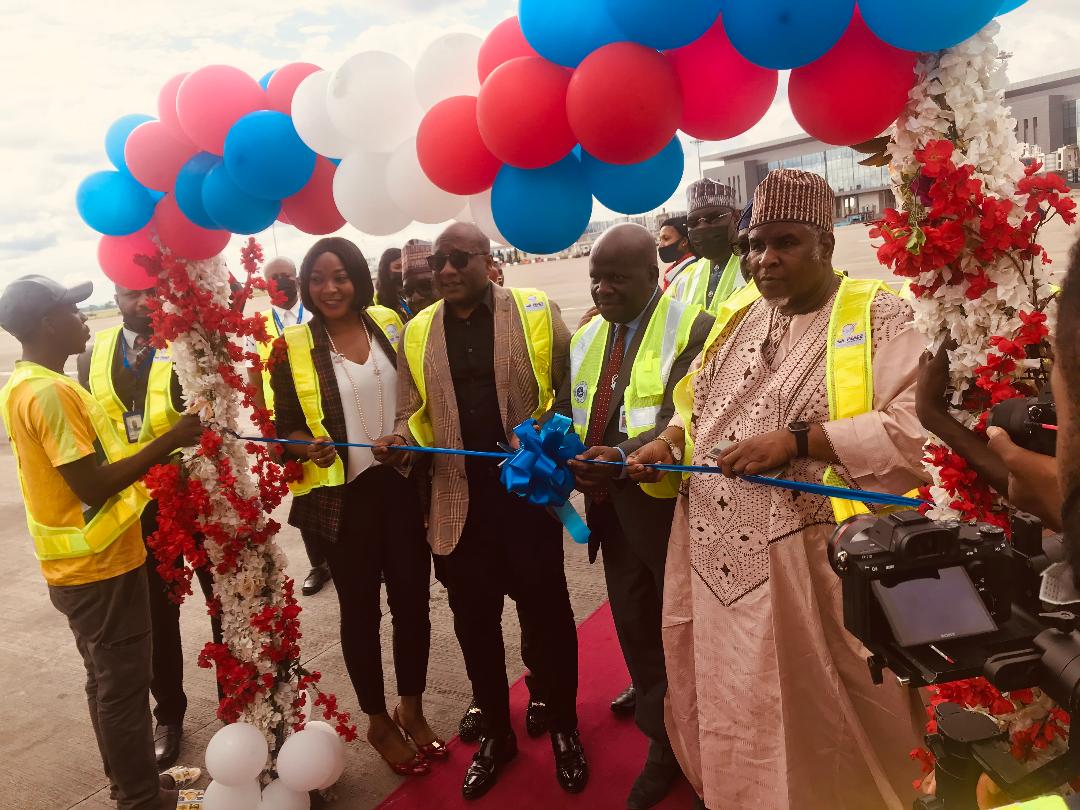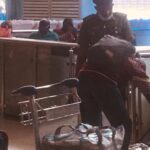
One of the key factors identified by airline experts is that the equipment an airline uses for particular routes determines whether it would make profits or losses on that route. The distance of the route and the market in the route to a large extent determine how profitable and successful that route would be to the airline.
Airline operators and managers who have garnered experience over the years in the industry have learnt from their own mistakes and that of others that many Nigerian airlines failed to compete and operate profitably in the past because of their choice of aircraft.
As noted recently by the former Managing Director of the Federal Airports Authority of Nigeria (FAAN), Richard Aisuebeogun, many Nigerian airlines failed to compete effectively in the West Coast, which they dominated for years because they had a predilection for Boeing 737 aircraft, which they deployed at the wrong routes, where smaller body aircraft could have been profitable.
With average of 50 minutes for most of the routes in local Nigerian destinations, some industry experts argued that dominant aircraft in the fleet of Nigerian airlines should have been short haul aircraft like Embraer 145, Bombardier CRJ 900,turboprops like ATR and Dash 8 aircraft and Boeing 737 and similar aircraft of their size on routes of high passenger traffic.
The experts however expressed optimism that Nigerian airlines are now learning to use the right aircraft for the right routes and that would enhance their profitability, noting that in the past, airlines yielded to passengers’ penchant for big aircraft that takes than above the clouds without considering the economic implication for the airlines.
This matter came to the fore recently when Air Peace received its fourth brand new Embraer E195-E2 aircraft at the Nnamdi Azikiwe International Airport, Abuja, where the Director General of the Nigerian Civil Aviation Authority (NCAA), Captain Musa Nuhu noted that Nigerian airlines are now getting the right aircraft for the routes they operate and they are also getting new aircraft, which is more economical because it saves fuel cost and maintenance cost and also has improved technology on safety.
“It gladdens my heart that Nigerian airlines are not only getting new aircraft but are getting the right aircraft. The connectivity in Nigeria has improved and it is getting better. These new aircraft have low maintenance and operational costs and are environmental friendly. This is the way to go. I believe with time Air Peace will change all it’s fleet to newer aircraft,” he said.
The Director General also said that with less maintenance cost on new aircraft, airfares would become affordable and more people would prefer to travel by air and noted that before the Coronavirus pandemic, more Nigerians travelled and the industry contributed more to the nation’s GDP.
“Pre-covid-19, 10 to 12 million passengers passed through the country’s airports, which amounts to 10 per cent of the country’s population. Airlines need to connect different parts of the country for trade, thereby contributing to the country’s GDP. The airline industry is growing and those surviving are expanding their fleet. I congratulate the Chairman of Air Peace,” he said.
Throwing more light on the new aircraft and why Air Peace decided to go for new equipment, the Chairman and CEO of Air Peace, Allen Onyema explained, “Sometimes, four years ago we decided as part of our business plan that at this time and season starting from 2018, that Air Peace must start acquiring brand new planes. And it is not because the old planes are not safe, but it is because of the economics of the game. The newer plans will save you more monies on fuel and maintenance. But the older one are equally very, very safe top notch, no airplane goes into the air except it is top-notch. An aircraft can fly even while it is 50 years old. Nigeria aviation, when people criticize us and say we are using old planes, no. Nigerian airlines have some of the youngest fleet in the world because of the 22 years Cap. If you go to America, they fly aircraft that are up to 50 years. Some of those plans are older than many of us here but they are still flying.

“So the oldest plane that is flying in Nigeria might be only 30 years. But it is not about the age; it is about the maintenance. However, the brand-new plane maybe takes safety to another level that is true. But the most important thing is the economics of the game and comfort. With this aircraft you have a lot of comfort. This is an aircraft that is supposed to carry 148 passengers, but Air Peace decided to make our own 124 in order to give passengers the kind of comfort they deserve,” he said.
Former airline manager and Managing Director of Flight Logistics Solutions Limited, Amos Akpan remarked that Nigerians need more air travel options.
“We have to increase flight frequencies to most secondary airports: Kebbi, Bauchi, Akure, Osubi, Asaba, Eket, Ibadan, Makurdi, Minna, Kaduna, Jos, Ilorin, Calabar, Sokoto. Travel by road is no longer the preferred choice and won’t be for a long time in Nigeria. What operators need is to design operational module to suit the environment. Choice of aircraft type, route network and size of operations is key to viability,” he said.






